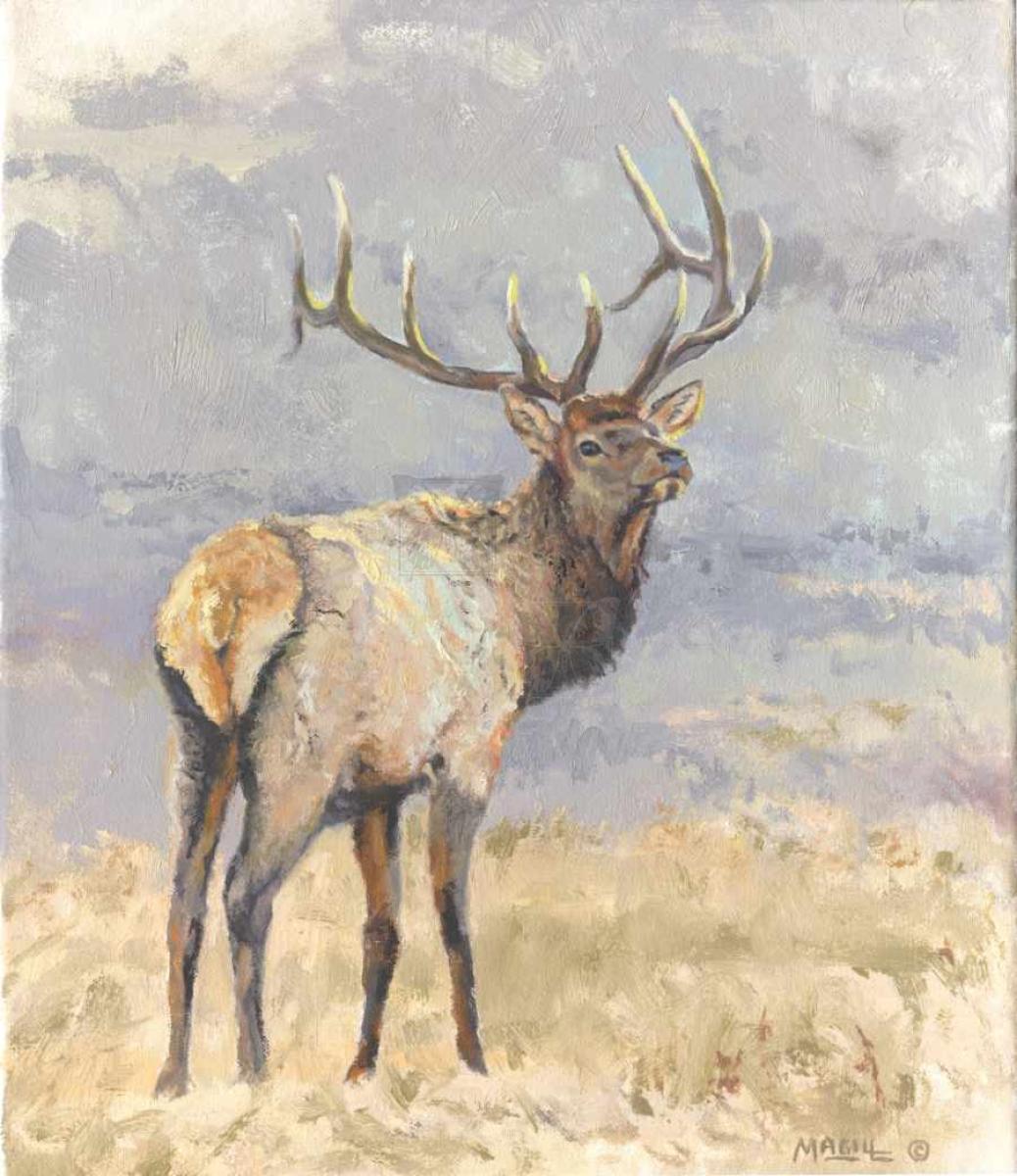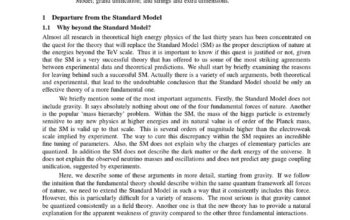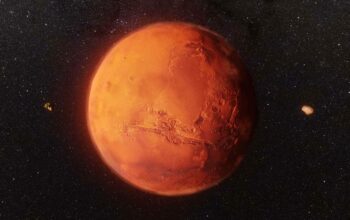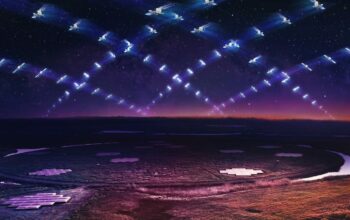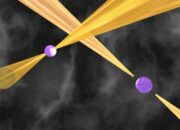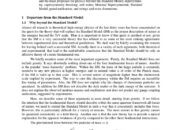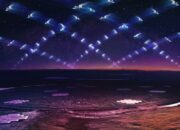In the grand tapestry of the cosmos, where infinite stars languidly strewn across the veil of space whisper tales of bygone epochs, the notion of “gazing beyond the known” transcends mere observation. It invites a profound exploration into the realms of possibility, invoking an era where the limits of human understanding are not static but rather dynamic, mutable like the celestial bodies that inspire our inquiry. Astronomical pursuits, steeped in the rigorous application of empirical methodologies, provide a fertile ground for the cultivation of curiosity and a renewed perspective on existence itself.
The quest for knowledge about the universe has evolved dramatically over the centuries. In antiquity, celestial bodies were mere markers of time and navigation. The early astronomers, equipped with rudimentary instruments, distinguished between the heavens and the earth. Their rudimentary observations laid the groundwork for contemporary paradigms and methodologies, yet even within their limitations, a spark of intellectual tenacity ignited. This determination to question the established order birthed critical inquiries: What lies beyond the horizon? What astronomical phenomena escape the pragmatic grasp of our current understanding?
The advent of sophisticated telescopic technology in the Renaissance catalyzed a paradigm shift. The celestial observatory became a bastion of inquiry, where scholars like Galileo and Kepler gazed into the abyss of space and uncovered profound truths about the heliocentric model. Their contributions served as harbingers of a revolution in astronomical thought. These pioneers exemplified the intrinsic human desire to gaze beyond the firmament, revealing that the cosmos is not merely a backdrop to human existence but is, in fact, a vast arena of scientific exploration.
In contemporary discourse, astrophysics flourishes as a beacon of inquiry, revealing the complexities of the universe through the lens of dark matter and energy, exoplanets, and cosmic background radiation. Yet, with every revelation comes an exponential increase in the magnitude of questions. The conundrum of dark energy, a mysterious force driving the accelerated expansion of the universe, exemplifies the tantalizing prospects of uncharted realms. What is this elusive force that shapes the very fabric of spacetime? It is within these uncertainties that one finds a fertile ground for both inquiry and imagination.
The expansion of the universe invokes profound contemplations regarding the nature of existence itself. Perturbing our terrestrial ethnocentrism, the universe dares us to reflect on our place amidst the cosmic expanse. If the universe continues to expand, what does this mean for the future of humanity? The specter of cosmic isolation looms, challenging our optimistic suppositions of connection. Thus, the pursuit of knowledge in astronomy not only illuminates our understanding of the cosmos but interrogates our existential premises.
Moreover, the ongoing search for extraterrestrial intelligence (SETI) serves as a tangible manifestation of humanity’s insatiable curiosity. The deployment of radio telescopes to listen for signals from distant civilizations encapsulates our intrinsic desire to communicate across the cosmos. Are we alone in this vast, seemingly infinite void? The implications of discovering extraterrestrial life could revolutionize our understanding of biology, technology, and even philosophy. The prospect of gazing beyond familiar terrestrial life invites a reimagining of foundational concepts such as consciousness and cooperation. It asserts the necessity of interdisciplinary approaches, merging ethics, anthropology, and astrophysics into a cohesive inquiry that can broaden our understanding of life itself.
Yet, as we endeavor farther into the cosmos, a juxtaposition arises: with every step towards expansiveness, we are reminded of the fragility of our planet. The examination of planetary climates and the potential for terraforming elsewhere raises ethical dilemmas about stewardship and responsibility towards our home. The juxtaposition of gazing outward while being anchored in the responsibility of caretaking illustrates the complexity of our dual existence as both cosmic explorers and terrestrial inhabitants. This shift in perspective encourages an integrative approach to understanding not only the cosmos but our interrelations within it.
Furthermore, advancements in space exploration technology—such as the Hubble Space Telescope and the James Webb Space Telescope—herald a new epoch of astronomical discovery. These machines not only broaden our visual access to the universe but also enable more nuanced analyses of celestial phenomena. The depths of space, once veiled in obscurity, are gradually yielding their secrets, suggesting that the limitations of our perception are not the culmination of our capabilities. Every new image, every faint signal dissected and scrutinized, serves to pierce the veil of obscurity that shrouds the cosmos.
Importantly, the collaboration among international space agencies exemplifies the unifying potential of astronomical endeavors. The efforts of teams from different nations operating under collaborative mandates highlight a collective aspiration: to understand the universe and our place within it. These collaborative ventures foster goodwill and shared knowledge, promulgating the idea that while we may gaze into the unknown, we must also cultivate connections along our paths.
In conclusion, the call to “gaze beyond the known” encapsulates not only the pursuit of scientific understanding but also invites a transformation within our perspective of existence. Astronomy—a field defined by curiosity—serves as a catalyst for questioning our foundational beliefs, a tool for expanding our understanding of life, and a framework for addressing the complexities of our cosmic interconnectedness. As humanity continues its celestial odyssey, the vastness of the cosmos promises to ignite the flames of curiosity, urging us to extend beyond our immediate perceptions and embrace the infinite possibilities that lie ahead.
